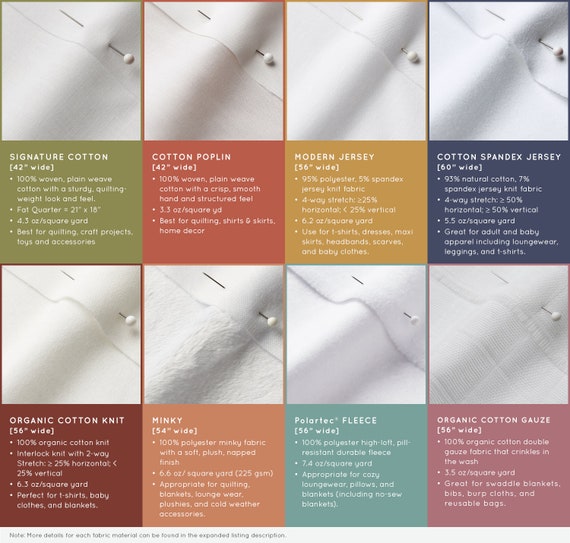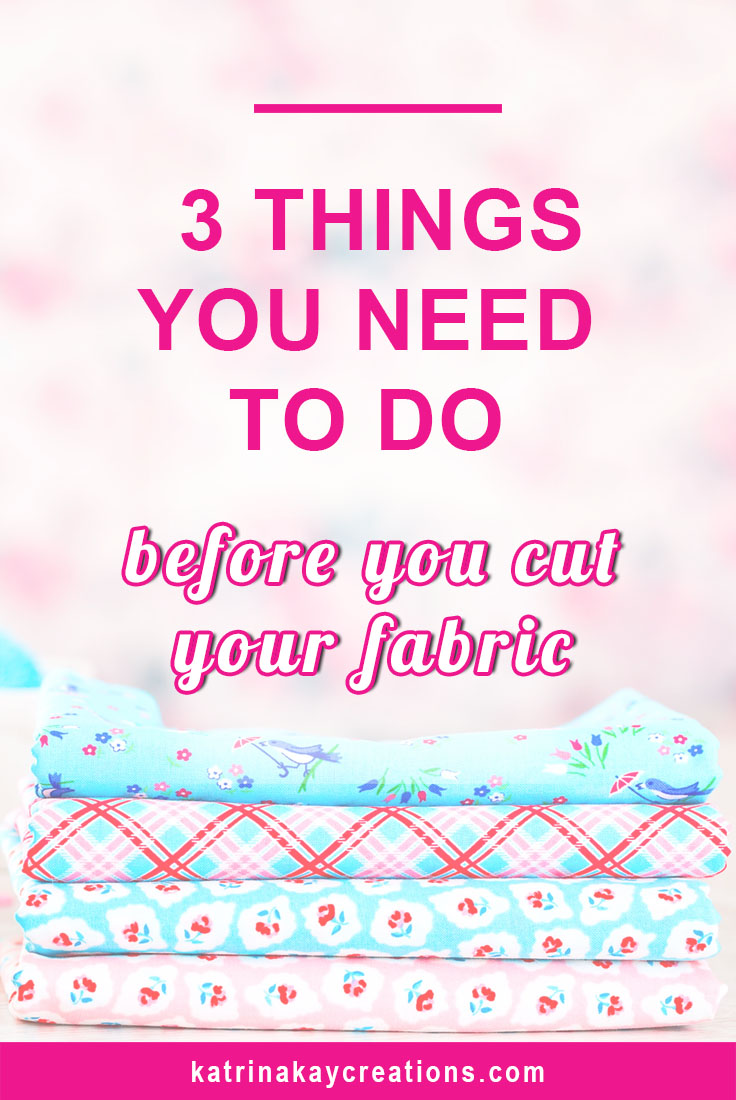The 15-Second Trick For All 4 Way Stretch Fabrics
The Facts About All 4 Way Stretch Fabrics Revealed
Table of ContentsAll 4 Way Stretch Fabrics Fundamentals ExplainedFacts About All 4 Way Stretch Fabrics RevealedAll 4 Way Stretch Fabrics for BeginnersThe Ultimate Guide To All 4 Way Stretch FabricsThe Main Principles Of All 4 Way Stretch Fabrics The Ultimate Guide To All 4 Way Stretch FabricsSome Ideas on All 4 Way Stretch Fabrics You Need To Know
As I also desire UV security from my garments when I go out, I would certainly choose a densely woven cotton fabric. One more factor to consider when getting the material is the means it will certainly after cleaning.A secure bet would certainly be to purchase at the very least 10% added textile. If you can get preshrunk fabric, this is the ideal.

If you are matching the color, like picking the lining for the primary material or choosing fabric to include as trim, this is especially important. The fabric showrooms will usually have a light well where you can see the textile in sunshine (or a home window with great light from outside).
Getting My All 4 Way Stretch Fabrics To Work

A lot of textiles are regarding 44 broad. When you go to buy textile, quote how a lot you desire first and then go to the shop.
These are available in the shops I regular as cut pieces they are primarily treasured low and a few of them, when they are last off the bolt, valued very reduced. You will have to ask the salespersons for pieces like that. Some great bargains can be had this means. In dressmaking, we buy fabric by the yard/meter.
Getting The All 4 Way Stretch Fabrics To Work
In a quarter of a yard, you obtain a 9 by 44 strip of material, which is regarding 22 cm in length. It is constantly much better to purchase larger cloth. According to the size of fabrics, they may be called single-width and double-width. Single width is normally approximately 49 inches in width and double size as much as 60.
You can discover more concerning backyard to meter conversion here. Inspect out this message on reviewing a measuring tape Choose fabrics that are not also difficult or inflexible, or you would not fit in them. Linen, Jeans, flannel, For chillier climates, select wool (100% in addition to woollen blends) wool tweeds, woollen crepe; it primarily depends on what trousers you are speaking about Tailored pants, Unstructured Pant, Combined, Jeans.
All cotton fabrics are great for children. Knit fabrics are also terrific for youngsters you can go for woollen knits.
Top Guidelines Of All 4 Way Stretch Fabrics
Look into this post on the very best fabric for clothing for children and children for even more detail on this topic. Light-weight cotton is my preferred to stitch skirts. Cotton grass towel in lovely prints is great. Silk jacket is a terrific textile for stitching skirts, as is Ponte Roma knit fabric.
Drapey rayons, soft woollen, lycra blends, and stretch velours are all ideal for sewing skirts. Woollen (Woollen crepe has a wonderful drape and gives enough structure for jackets; woollen tweeds are great also), Linen & Flannel. Velour (Examine out the slouchy velour sports jacket tutorial, by the way). Light-weight knits are good for free-flowing jackets similar to this waterfall jacket pattern Raw silk, satin, taffeta, velour, Lace, silk chiffon, and Fabric are all fantastic for making outfits.
You can acquire medium-weight materials with some spandex/elastane added for a suitable bodycon-type gown. For drapey dresses, you can choose lightweight textiles. Crepe, challis, and charmeuse are all drapey textiles matched for this design.
Light-weight cotton material, Cambric, Chintz, Twill, Faille, Seersucker, Poplin, lightweight woven broadcloth, batiste, bed linen, useful site eyelet are excellent for making t-shirts and shirts. I love chiffon shirts. Smooth satin textile is good for making airy tops. Look into the post on the 7 finest materials for making tee shirts. Making serapes and scarves need various factors to consider for the material check out this post on the fabrics for making scarves When purchasing patterned textile (a lot of the patterned fabric includes a width of 45 or 54 inches), there will be pattern repeat in these textiles, and this need to be taken into factor to consider when reducing material along with acquiring them i.e., if you intend to match the patterns at the joints.
Some Known Details About All 4 Way Stretch Fabrics
This article has the names of all the checkered patterns and this, red stripe patterns. The concepts will certainly be dispersed in a planned style on the material. Yet you might see occasionally If the print is not put on the material appropriately, it can not be matched or lined up when created without distorting the material and the hang of the garment.


You can discover more regarding grain and grainline of fabric below. The textile weight is dependent on lots of variables like the weave, fiber type, etc and is generally represented by GSM. GSM can vary from 60 -700; 700 being the GSM of really top quality woolen material. A denim textile has a GSM of 400, relying on the weave.
Yet something you have to keep in mind is that greater textile weight does not denote higher textile high quality (woven stretch fabric). It simply is an indicator of the viability of the textile for a certain project. You can not choose high fabric weight textile denim for a lightweight drifting shawl. Knowing the material weight works when contrasting the same kind of materials, yet even this will rely on its application.
Check out the list of the 70+ various material finishes and therapies. In a nutshell, one of the most crucial standards to seek in the material you purchase are as follows. The number of threads per inch of textile (yarns-per-inch). Higher the string count greater the number of threads woven per inch, and the higher the quality.
The Best Strategy To Use For All 4 Way Stretch Fabrics
This is very vital in any type of material. In top notch fabric, this balance (either in numbers or in size) will certainly constantly be preserved. Procedures used on fabric to enhance appearance and performance. The fibers that are woven to make the textile will certainly either be as a solitary hair or will certainly be formed by incorporating two threads (turned).
A two-ply yarn transcends to a single-ply thread.
If you are obtaining prepared to begin a new sewing task, selecting a textile will be the most important step once you choose what you intend to make. After you've gone to all the problem and expense of purchasing the sewing equipment you enjoy, a pattern you like, and a fabric you enjoy, you want the ended up product to be a success? One way to complete that is to begin by seeing to it your fabric is absolutely ideal for the job.
Excitement About All 4 Way Stretch Fabrics
If you're making a patchwork, you'll automatically desire to make use of quilter's weight cotton for finest outcomes. What if you desire to make an item of clothing? How do you understand which fabric will offer you the most effective result? Choosing a material just because you like the print or layout on it isn't always the very best approach.
In order to stay clear of doing a whole task for essentially nothing, we've put together some suggestions to aid you make a decision which textile is ideal for your job. Let's say you currently have a job in mind; exactly how do you find the right textile for it?
Think of the attributes you want the ended up product to have. Do you desire a solid color or a print? If you are making a non-wearable thing such as a pillow cover or pot holder, utilize a sturdy fabric such as canvas.
There is a lot details available concerning materials, their qualities, and their uses, it might get to be frustrating! Do not try to take it in all at as soon as; just start with the task at hand. Learn all you can regarding the textile you make use of for this set task.